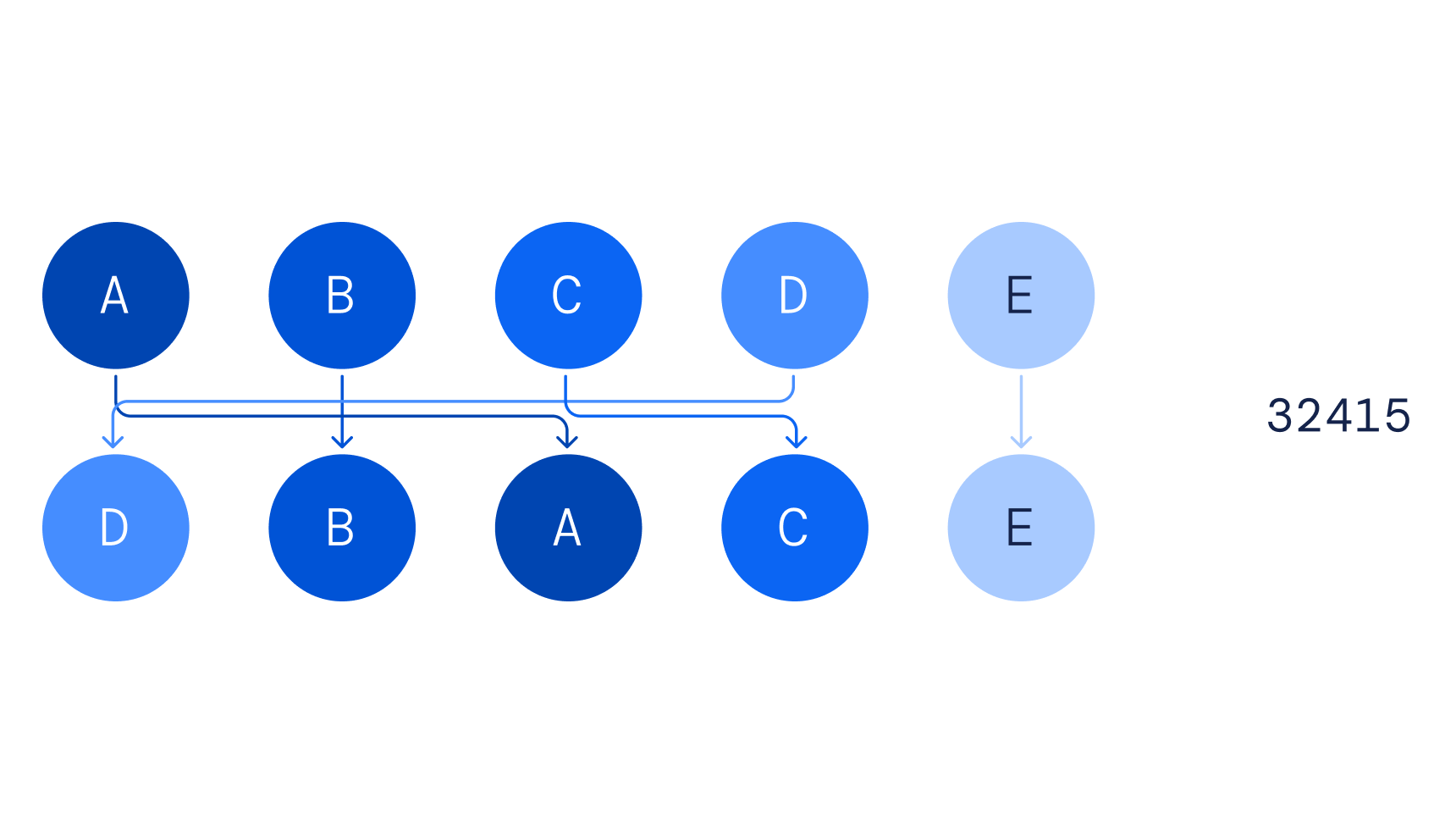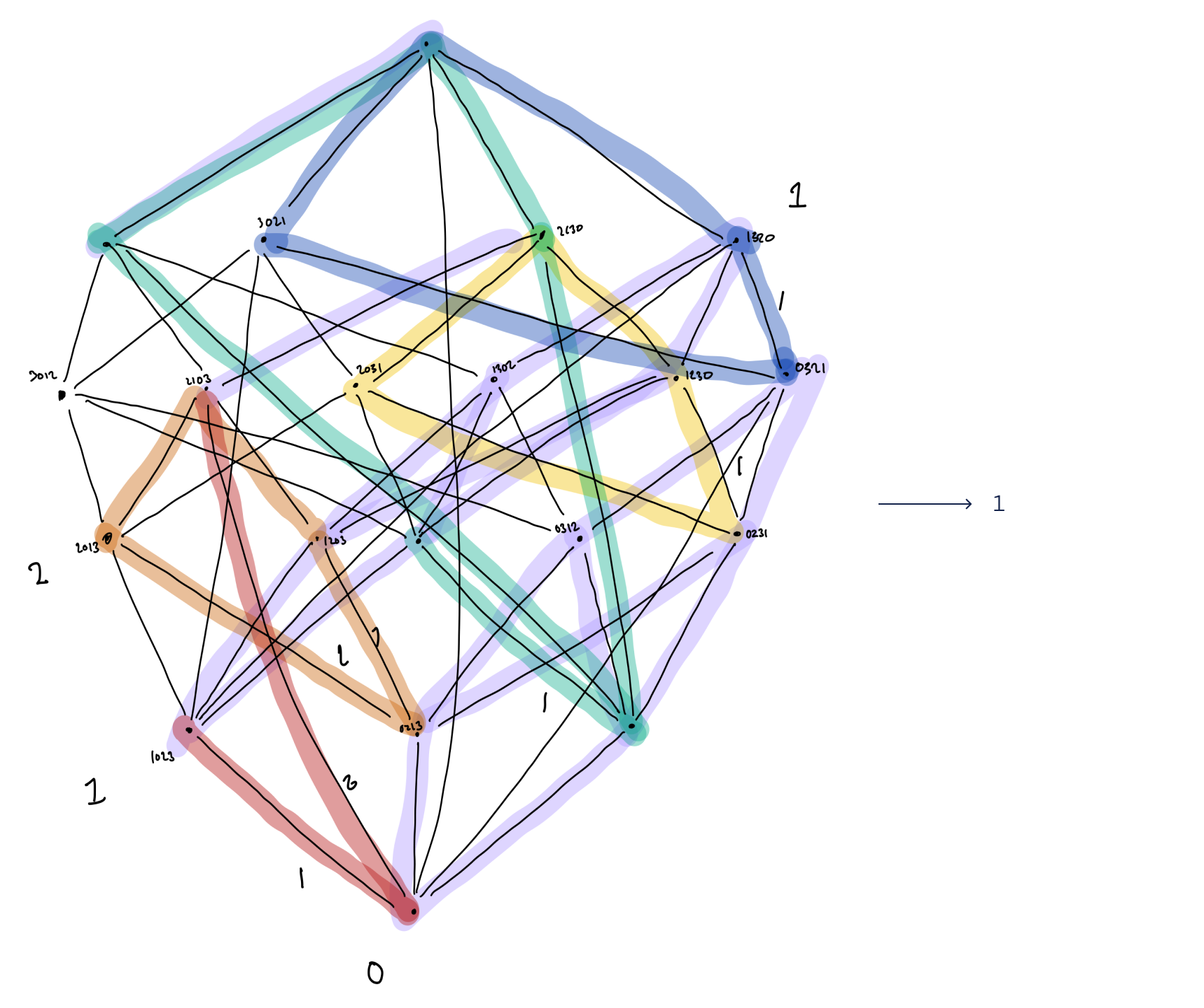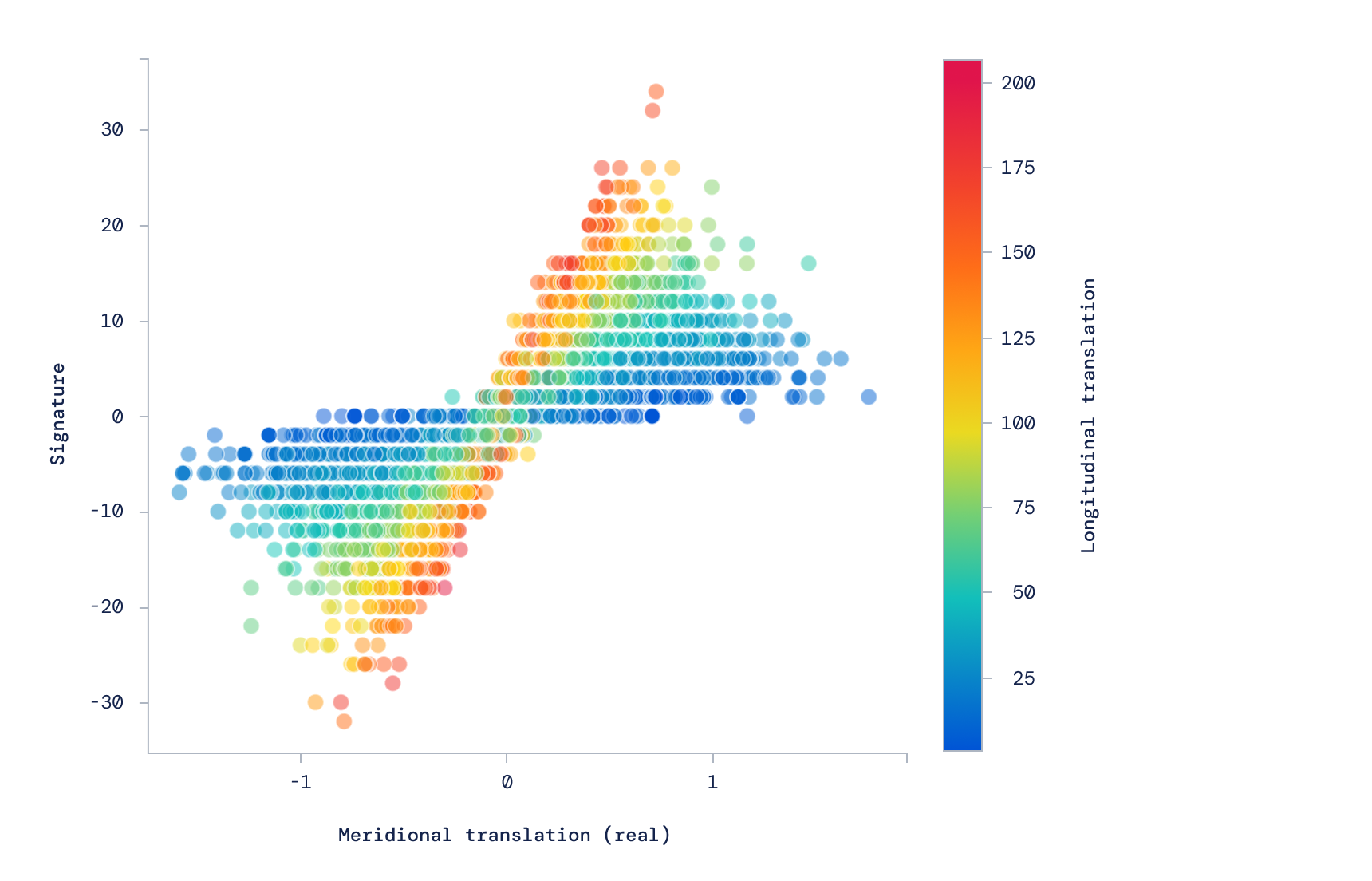Greater than a century in the past, Srinivasa Ramanujan shocked the mathematical world along with his extraordinary potential to see exceptional patterns in numbers that nobody else might see. The self-taught mathematician from India described his insights as deeply intuitive and religious, and patterns typically got here to him in vivid desires. These observations captured the large magnificence and sheer chance of the summary world of pure arithmetic. In recent times, we have now begun to see AI make breakthroughs in areas involving deep human intuition, and extra just lately on among the hardest problems across the sciences, but till now, the newest AI strategies haven’t assisted in vital leads to pure maths analysis.
As a part of DeepMind’s mission to resolve intelligence, we explored the potential of machine studying (ML) to acknowledge mathematical constructions and patterns, and assist information mathematicians towards discoveries they could in any other case by no means have discovered — demonstrating for the primary time that AI may help on the forefront of pure arithmetic.
Our research paper, printed immediately within the journal Nature, particulars our collaboration with high mathematicians to use AI towards discovering new insights in two areas of pure arithmetic: topology and illustration concept. With Professor Geordie Williamson on the College of Sydney, we found a brand new formulation for a conjecture about permutations that has remained unsolved for many years. With Professor Marc Lackenby and Professor András Juhász on the College of Oxford, we have now found an surprising connection between completely different areas of arithmetic by finding out the construction of knots. These are the primary vital mathematical discoveries made with machine studying, in keeping with the highest mathematicians who reviewed the work. We’re additionally releasing full companion papers on arXiv for every outcome that will probably be submitted to acceptable mathematical journals (permutations paper; knots paper). By these examples, we suggest a mannequin for a way these instruments could possibly be utilized by different mathematicians to realize new outcomes.


The 2 elementary objects we investigated have been knots and permutations.
For a few years, computer systems have been utilized by mathematicians to generate information to assist in the seek for patterns. Referred to as experimental arithmetic, this sort of analysis has resulted in well-known conjectures, corresponding to the Birch and Swinnerton-Dyer conjecture — considered one of six Millennium Prize Problems, probably the most well-known open issues in arithmetic (with a US$1 million prize connected to every). Whereas this method has been profitable and is pretty frequent, the identification and discovery of patterns from this information has nonetheless relied primarily on mathematicians.
Discovering patterns has grow to be much more vital in pure maths as a result of it’s now doable to generate extra information than any mathematician can fairly anticipate to check in a lifetime. Some objects of curiosity — corresponding to these with 1000’s of dimensions — may merely be too unfathomable to cause about immediately. With these constraints in thoughts, we believed that AI could be able to augmenting mathematicians’ insights in fully new methods.
It seems like Galileo selecting up a telescope and with the ability to gaze deep into the universe of information and see issues by no means detected earlier than.
Marcus Du Sautoy, Simonyi Professor for the Public Understanding of Science and Professor of Arithmetic, College of Oxford
Our outcomes recommend that ML can complement maths analysis to information instinct about an issue by detecting the existence of hypothesised patterns with supervised studying and giving perception into these patterns with attribution strategies from machine studying:
With Professor Williamson, we used AI to assist uncover a brand new method to a long-standing conjecture in illustration concept. Defying progress for almost 40 years, the combinatorial invariance conjecturestates {that a} relationship ought to exist between sure directed graphs and polynomials. Utilizing ML strategies, we have been in a position to achieve confidence that such a relationship does certainly exist and to determine that it is perhaps associated to constructions generally known as damaged dihedral intervals and extremal reflections. With this data, Professor Williamson was in a position to conjecture a shocking and exquisite algorithm that will resolve the combinatorial invariance conjecture. We’ve computationally verified the brand new algorithm throughout greater than 3 million examples.
With Professor Lackenby and Professor Juhász, we explored knots – one of many elementary objects of examine in topology. Knots not solely inform us in regards to the some ways a rope might be tangled but additionally have shocking connections with quantum discipline concept and non-Euclidean geometry. Algebra, geometry, and quantum concept all share distinctive views on these objects and a protracted standing thriller is how these completely different branches relate: for instance, what does the geometry of the knot inform us in regards to the algebra? We educated an ML mannequin to find such a sample and surprisingly, this revealed {that a} explicit algebraic amount — the signature — was immediately associated to the geometry of the knot, which was not beforehand recognized or urged by current concept. Through the use of attribution strategies from machine studying, we guided Professor Lackenby to find a brand new amount, which we name the pure slope, that hints at an vital side of construction ignored till now. Collectively we have been then in a position to show the precise nature of the connection, establishing among the first connections between these completely different branches of arithmetic.



The usage of studying strategies and AI techniques holds nice promise for the identification and discovery of patterns in arithmetic. Even when sure sorts of patterns proceed to elude trendy ML, we hope our Nature paper can encourage different researchers to think about the potential for AI as a useful gizmo in pure maths. To copy the outcomes, anyone can entry our interactive notebooks. Reflecting on the unbelievable thoughts of Ramanujan, George Frederick James Temple wrote, “The good advances in arithmetic haven’t been made by logic however by artistic creativeness.” Working with mathematicians, we sit up for seeing how AI can additional elevate the great thing about human instinct to new ranges of creativity.


